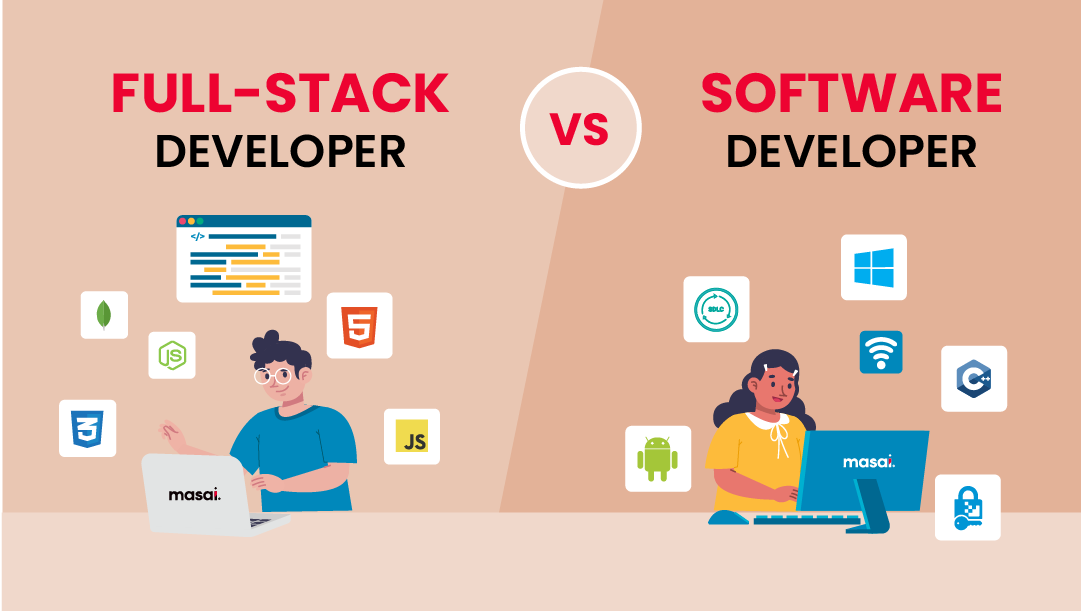The Advantages of a Dedicated Development Team in a Competitive Market
The Advantages of a Dedicated Development Team in a Competitive Market
Blog Article
Dedicated Developers vs. In-House Teams: Which Is Right for You?
The decision between utilizing specialized developers and maintaining an internal group is a substantial one that can impact the trajectory of your tasks and overall organization strategy. Conversely, in-house groups add to a cohesive firm society and a nuanced understanding of lasting goals.
Understanding Devoted Programmers
The growing demand for specialized abilities in the tech market has actually caused the development of devoted designers as a feasible service for numerous companies. These experts are normally contracted on a job basis, permitting business to utilize details experience without the long-lasting commitment related to permanent hires. Devoted designers are usually embedded within a customer's team, giving versatility and scalability to meet job needs.
This model allows companies to access an international talent swimming pool, which is especially beneficial in a quickly evolving technical landscape. Committed designers can be sourced from different geographical places, making certain that business can locate the right skill set at competitive rates. They often bring a riches of experience and understanding, having actually serviced diverse projects throughout various sectors.
Moreover, dedicated designers can concentrate specifically on the tasks available, boosting efficiency and effectiveness. They are furnished to incorporate seamlessly into existing process, teaming up closely with in-house groups to achieve job objectives. This technique not only minimizes the worry of recruitment and training but additionally allows organizations to stay nimble, adapting swiftly to altering market demands and technological advancements.
Benefits of In-House Teams

Furthermore, internal teams have a tendency to have a deeper understanding of the business's objective, worths, and objectives. This placement can boost staff member engagement and inspiration, as employee feel much more connected to their work and the company's success. In addition, having a committed in-house team allows for far better alignment of techniques and objectives, as these participants are continually focused on the company's concerns.
In-house teams likewise facilitate quicker decision-making procedures, as they can respond much more swiftly to changes and obstacles. The well-known partnerships and experience with company methods enable streamlined workflows and reduced miscommunication. Eventually, the mix of a natural society, placement with business goals, and effective interaction makes internal teams a beneficial asset for many organizations, especially those wanting to cultivate long-term development and development.
Expense Considerations
When assessing price factors to consider, both internal groups and dedicated designers existing distinct economic effects for companies. Engaging devoted programmers typically entails a pay-per-project or hourly rate model, which can be affordable for businesses with rising and fall task needs. This approach permits versatility in scaling sources up or down, guaranteeing that business only pay for the solutions they require.
On the other hand, in-house teams require dealt with expenses, including wages, benefits, and overhead expenses such as office and equipment. While this model offers better control and instant accessibility of resources, it may bring about higher long-lasting expenses, specifically if the workload does not warrant a full time team.
Moreover, business should think about the hidden expenses linked with employment and training of internal workers, which can better strain budgets. Sometimes, the moment and resources invested in taking care of an in-house team can diminish the company's core business goals.

Job Monitoring and Adaptability
Job administration and versatility are critical aspects that influence the choice between committed designers and internal teams. Devoted groups commonly have established procedures for handling jobs effectively, leveraging specific techniques like Agile or Scrum, which help with repetitive progression and flexibility.

Inevitably, the choice in between specialized programmers and internal teams depends upon the preferred level of flexibility and the details job management needs. Business should evaluate their functional characteristics, task complexity, and source accessibility to establish which alternative aligns ideal with their calculated goals.
Making the Right Selection
Selecting the best advancement strategy-- dedicated designers or in-house teams-- requires a cautious evaluation of different elements that line up with a business's critical objectives. Conversely, internal teams can supply much better continuity and assimilation with existing employees.
Following, examine your budget plan. Committed programmers often present an affordable solution for short-term jobs, while internal groups might sustain higher long-lasting expenditures as a result of wages, advantages, and overhead costs. Examine the degree of control and collaboration desired; internal groups generally promote stronger communication and placement with firm society.
If instant outcomes are required, devoted designers can be onboarded rapidly, whereas developing an in-house group takes time for recruitment and training. If constant advancement is crucial, investing in an in-house team might produce better returns over time.
Final Thought
Finally, the choice between dedicated developers and in-house teams pivots on task demands and organizational goals. Devoted developers give adaptability and customized competence, making them appropriate for temporary campaigns. Alternatively, internal teams cultivate a natural culture and deeper alignment This Site with long-lasting goals. Cautious assessment of budget restrictions, job timelines, and desired control degrees is crucial for identifying the most appropriate approach, over here making sure placement with critical top priorities and operational efficiency.
The choice in between making use of dedicated programmers and preserving an in-house team is a substantial one that can influence the trajectory of your jobs and general company technique.Task administration and adaptability are critical variables that affect the choice between devoted designers and internal groups. nearshore software development.In contrast, internal teams might succeed in preserving a consistent job monitoring framework due to their knowledge with the organization's society and lasting goals. Devoted designers typically offer an economical remedy for short-term projects, while in-house teams might incur higher lasting costs due to salaries, benefits, and overhead expenses.In verdict, the decision between committed developers and internal teams pivots on task requirements and organizational objectives
Report this page